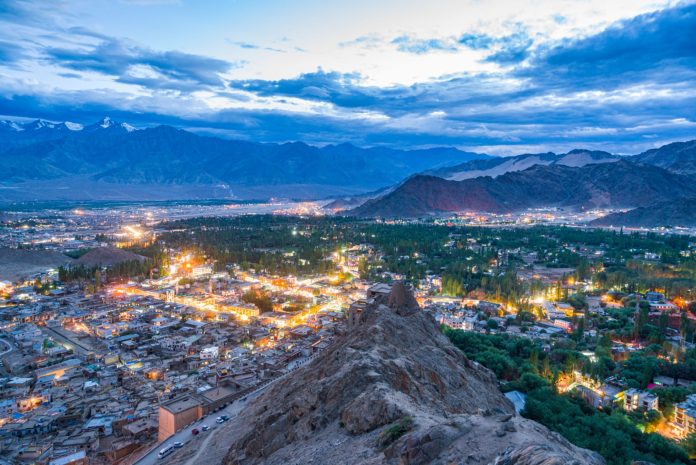To fortify administrative efficacy in Ladakh, the Union Government has delineated the cadre strength for the IAS, IPS, and IFoS in the UT. Ladakh, characterized by its expansive terrain and sparse population, grapples with the formidable challenges posed by extreme temperatures and geographical isolation, rendering a limited expanse habitable. The relentless onslaught of severe weather conditions constricts the operational timeframe, leading to persistent project delays. Despite the adversities imposed by the harsh climate, incremental strides in developmental endeavours persist. In cognizance of the ecological sensitivities and environmental concerns of the local populace, Ladakh has been earmarked for eco-friendly initiatives. Compounded by a restricted industrial landscape, the spectre of employment woes looms large, a matter vehemently articulated by the Apex Body Leh (ABL) and the Kargil Democratic Alliance (KDA) in discussions with the Minister of State for Home Affairs.
The enumerated demands, articulated by the ABL and KDA, underscore the imperative need for the establishment of a Ladakh administrative cadre, ensuring local representation in matters of governance. Striking a delicate equilibrium between requisites and associated costs, the augmentation of cadre strength for IAS, IPS, and IoFS has been a strategic imperative to navigate the vast expanse of the region. The main issue seems to be that major projects are handled by the UT administration, headed by LG, and the Hill Councils have little say in them. The local political class feels ignored and isolated, though each successive budgetary allocation reflects a substantial amplification of funds to Hill Councils. A pronounced emphasis on solar and renewable energy initiatives dominates the developmental landscape. The focus is also directed at the thermal, wind, and geothermal energy projects, attesting to a multifaceted approach. While the transformative metamorphosis is underway, an undeniable temporal investment is requisite before tangible fruition manifests. The onus falls on the administration to meticulously navigate the multifarious facets of prospective development, cognizant of the myriad challenges posed by Ladakh’s unique topography. Comparative assessments reveal a stark improvement from the antecedent status quo, underscoring the substantive strides achieved.


